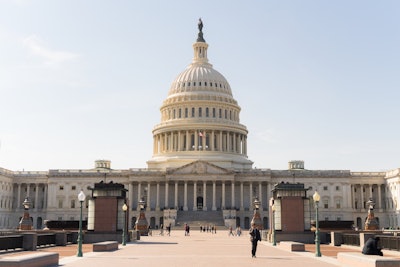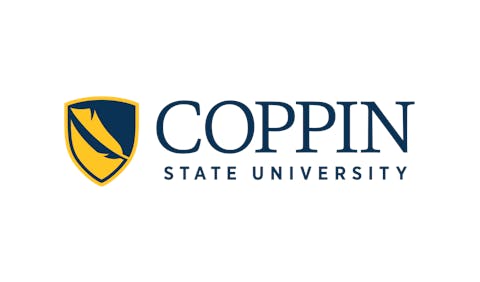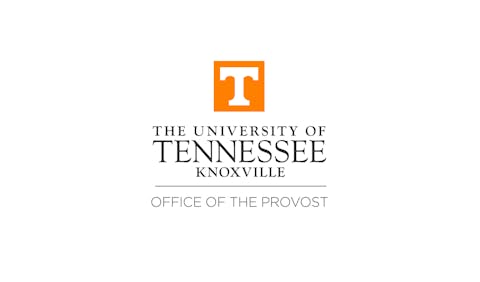
The shutdown will furlough approximately 87% of the Education Department's workforce and halt investigations into civil rights complaints at schools and universities, according to the department's contingency plan. New federal grant awards will also cease, though previously disbursed funding will continue flowing to institutions.
"The government shutdown may have far-reaching negative impacts across federal agencies and public research universities," said Dr. Waded Cruzado, president of the Association of Public and Land-grant Universities. "The longer this impasse lasts, the more devastating the impacts will be. The clock is ticking."
The shutdown comes as the Education Department operates with roughly 2,500 employees — nearly half the 4,100 staffers it had when President Donald Trump took office in January. Mass layoffs upheld by the Supreme Court in July had already significantly reduced the department's capacity.
The suspension of civil rights investigations represents a critical disruption for students alleging discrimination based on race, sex, or disability status. The department's Office for Civil Rights had already lost approximately half its staff during the March layoffs, raising concerns about a growing backlog of complaints.
Department data shows declining resolution rates for civil rights cases even as new complaints from families have increased. Work on these pending cases will now stop entirely during the shutdown.
Federal student aid operations will remain largely functional in the short term. The department plans to continue disbursing Pell Grants and federal loans to approximately 9.9 million students across some 5,400 colleges. Student loan borrowers must still make payments on the $1.6 trillion federal loan portfolio.
The Free Application for Federal Student Aid (FAFSA) will continue to be processed. Within the Office of Federal Student Aid, however, 632 of 747 employees face furlough, though the department has not specified which positions.
For public research universities conducting cutting-edge work in artificial intelligence, robotics, and quantum computing, the shutdown threatens essential collaboration with federal agency partners who are now prohibited from working.
"Public research universities are pioneering the next stage of innovation in partnership with the federal government," Cruzado said. "This research requires active work with partners at federal agencies who are now prohibited from working during the shutdown. The nation suffers when funding lapses stymie innovation."
APLU's more than 250 member institutions employ 1.4 million faculty and staff and conduct $67 billion in university-based research annually.
Most federal aid to elementary and secondary schools was distributed over the summer, meaning minimal immediate disruption for districts receiving Title I funding for high-poverty schools or Individuals with Disabilities Education Act resources.
However, more than 1,200 school districts across all 50 states that receive Impact Aid — funding for areas with significant federal land presence or military installations — will likely face payment disruptions. The department indicated it would revise its contingency plan if the shutdown extends beyond a week to prevent more significant disruptions.
Education equity advocates emphasized the broader implications of the budget impasse, which centers on disagreements over healthcare subsidies.
"The sticking point in today's budget fight is healthcare subsidies," said Denise Forte, president and CEO of EdTrust. "While this debate isn't directly about the education funding streams that schools rely on for student health services, it's still a timely moment to remind policymakers that health coverage is essential to education equity."
Forte noted that health access reduces chronic absenteeism and supports students with disabilities, with schools serving as critical healthcare access points in the 80% of U.S. counties containing healthcare deserts.
The Office of Management and Budget has threatened mass firing of federal workers rather than the traditional furlough-and-recall pattern of previous shutdowns. Education Secretary Linda McMahon acknowledged in May congressional testimony that some earlier staff cuts "went too deep" and required rehiring.
"You hope that you're just cutting fat. Sometimes you cut a little muscle, and you realize it as you're continuing your programs, and you can bring people back to do that," McMahon told the House Appropriations Committee.
Higher education leaders urged swift resolution to restore full government operations and protect both student services and critical research partnerships.















